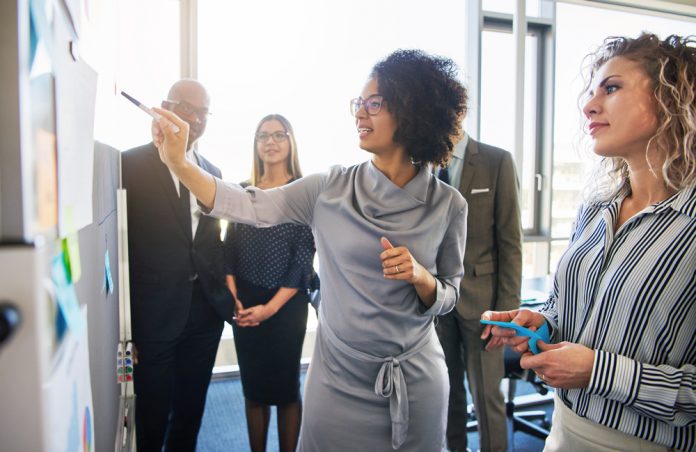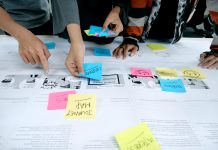
Recently I spoke with a fellow consultant about current leadership trends we’re seeing. I mentioned that I’m seeing evidence of more focus on what is commonly referred to as the human side of leadership: qualities like empathy, inclusion, and social responsibility. He replied that he believes that, despite that trend, there is and will continue to be a “binary” focus on employees – treating them as much as resources as people. My recent experience in working with a range of university MBA students – a population that in total will produce a significant proportion of our future leaders – has borne out both views my colleague and I discussed. It’s also highlighted some of the ways learning and development can help future leaders as they build out their perspectives.
During a crisis leadership seminar I conducted this summer with one group, we presented the students with a number of decision-making and communication scenarios to help them apply crisis leadership concepts like balancing speed and quality in decision making and transparency in communication. The students’ responses consistently showed a strong emphasis on people over task considerations, in some cases almost exclusively. For example, one student described in emphatic terms how she believes her sense of empathy was the single biggest factor in her ability to manage her team during the COVID crisis. Similarly, the students in a separate program responded to a case study on managing a business turnaround by expressing strong views that environmental sustainability was by far the most important consideration, significantly more so than profitability. In both cases, we encouraged discussion of other considerations (e.g., revenue, productivity). Both groups concluded that the people’s side was paramount.
How learning and development can help professionals develop leadership skills
A major positive from these situations is the evidence that at least some future business leaders have internalized people-centered leadership qualities that are being identified as more important than ever in today’s uncertain world and in chronically short supply. At the same time, it seems equally evident that those same sensibilities may prevent them from developing the type of balanced perspective called for by “real world” business conditions (e.g., competition, regulation). Below are some ways learning and development can help early-in-career professionals develop their sensibilities around the “hard” aspects of leadership while nurturing their commitment to the “soft” aspects:
- Formal learning includes perspective-building activities like facilitated dialogues with high-performing leaders.
- Coaching and feedback reinforce qualities like empathy while introducing issues like making hard decisions on profitability.
- Developmental job assignments that call for equal attention to people and tasks like doing analysis to support a business turnaround plan.
- Self-directed learning that presents both sides of the issue equally in an integrated manner like curated research and interactive case studies.
It could be said that developing a balanced perspective is no more than part of growing up as it always has been. However, evidence is building that the disruption of the last 18 months, with the probability of more to come, is providing a unique opportunity to shed an even brighter light on what it means to lead people humanely as well as efficiently. And it’s giving learning and development an opportunity to make the kind of contribution it wants and needs to make.



